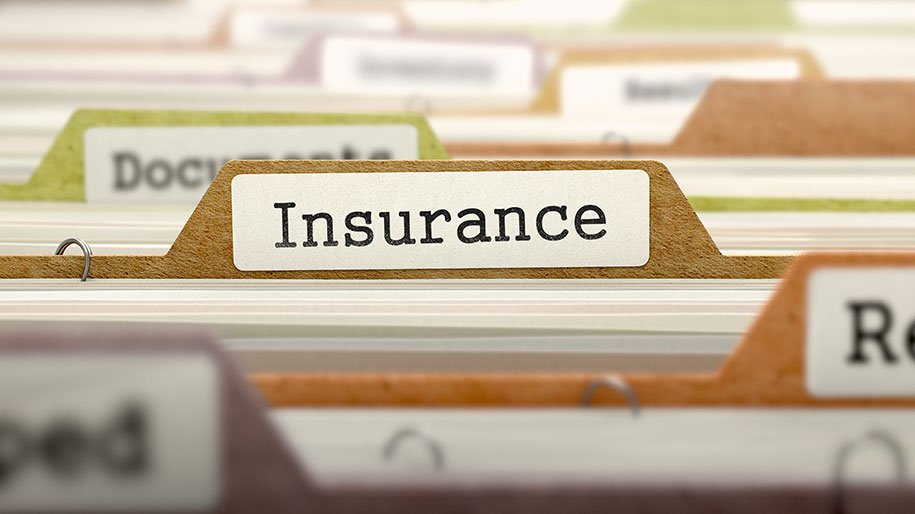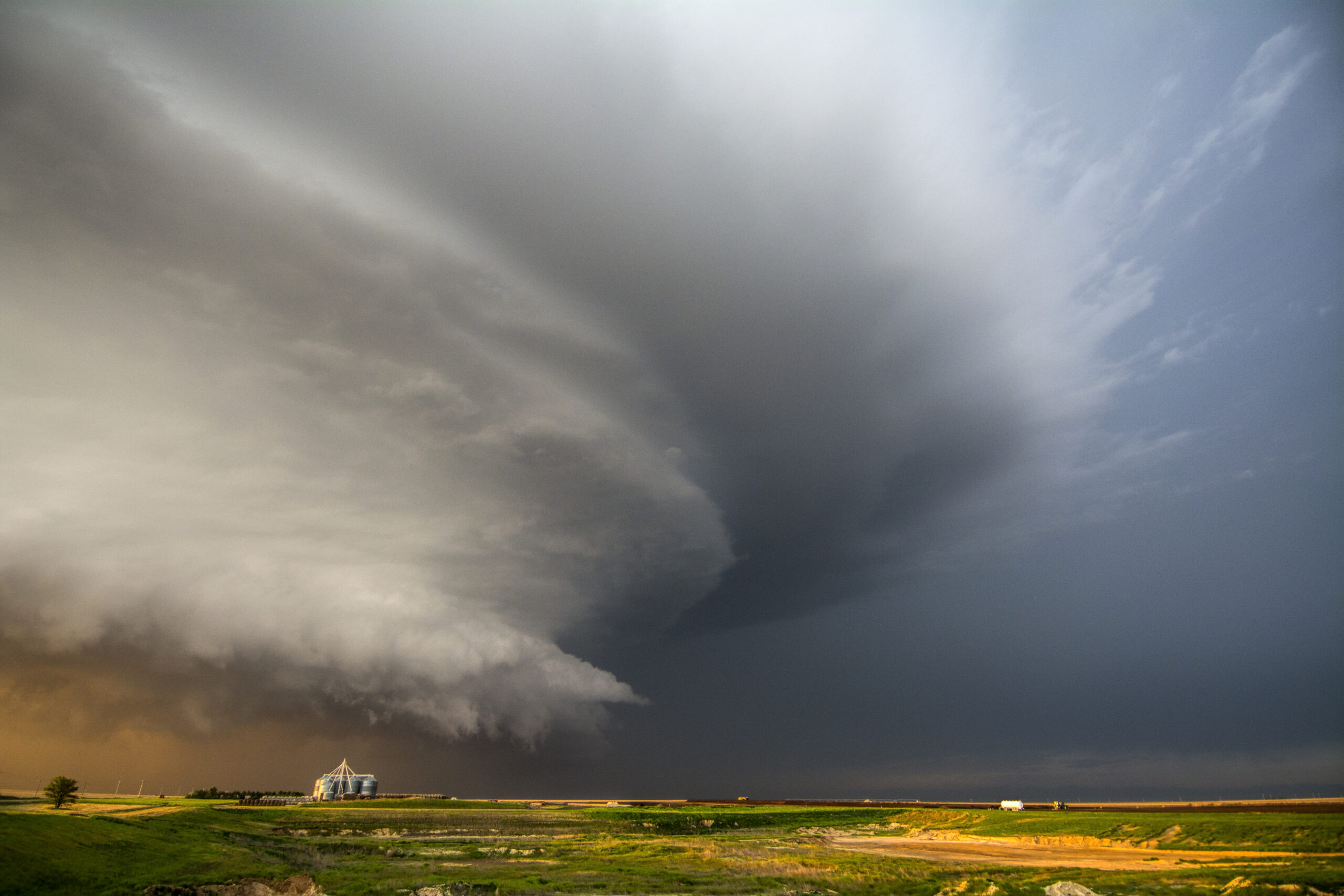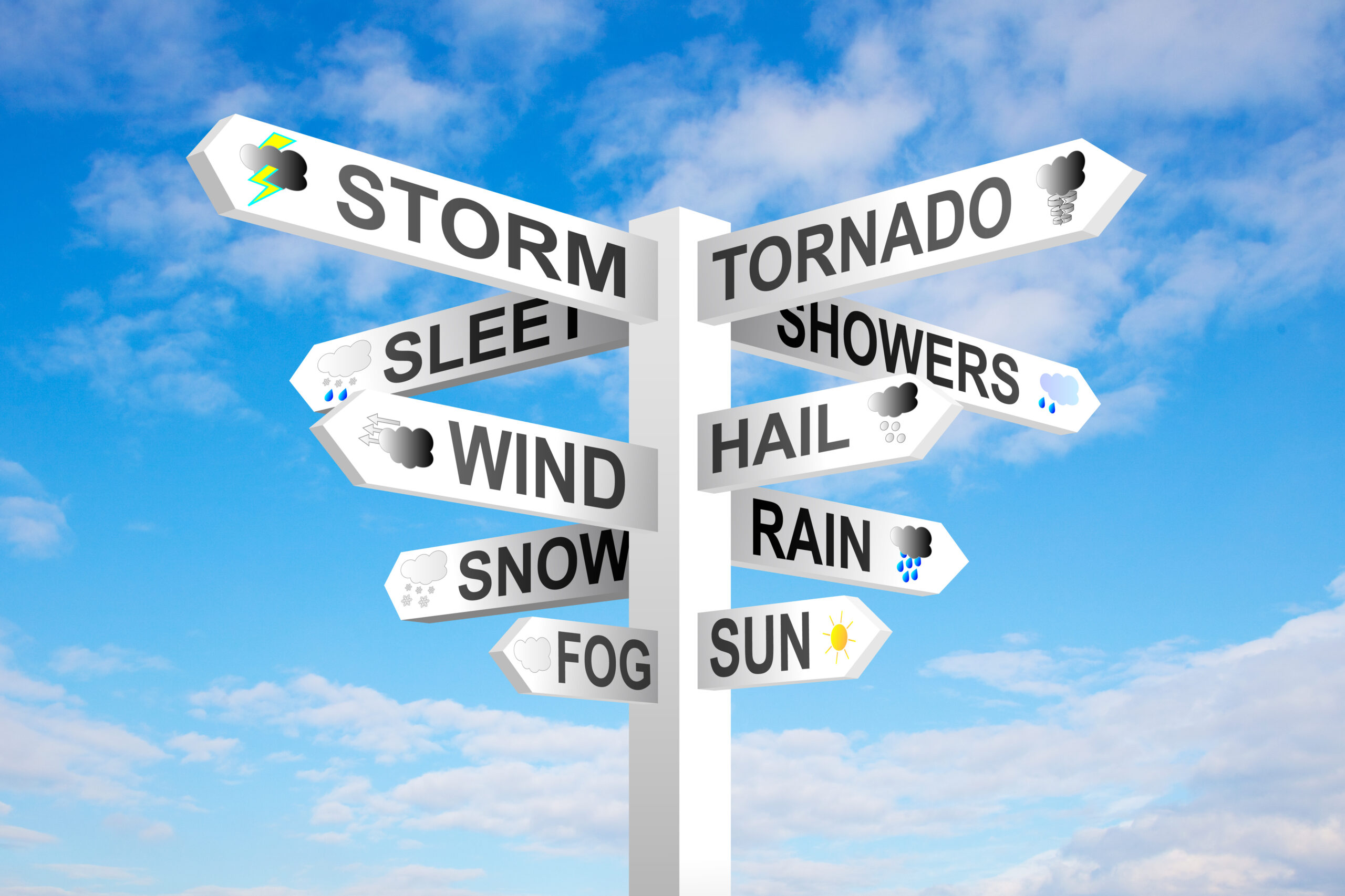HOA Board members have a fiduciary duty to protect association assets. Your association’s insurance policy is a crucial component for asset protection.
Now is the time to do a quick review of your HOA’s coverage to ensure you’ve got the policies you need and enough coverage. Here’s what to check:
1. Check State Minimum Requirements
Some states require associations to obtain a minimum liability policy. This protects owners from liability injuries in common areas. Depending on where you live, you may also be required to have D&O insurance to protect volunteer officers and directors.
In Colorado, The Colorado Common Interest Ownership Act (CCIOA) requires communities formed after July 1, 1992, to purchase and maintain several insurance policies including property insurance, liability insurance, and fidelity insurance.
2. Check CC&R’s
Sometimes the HOA governing documents are so full of legal jargon it’s like reading a foreign language. Not understanding what your HOA is required to insure can cost you in the long run. Now’s the time to review all governing documents to be sure the HOA board understands what it’s supposed to be insuring to ensure it’s meeting the minimum requirements.
In some cases, it may be in an HOA’s best interest to have insurance documents reviewed by a third party. Insurance brokers and agents will always recommend more coverage than less, but that may lead to the HOA paying for insurance it shouldn’t because the CC&R documents say the homeowner must insure it.
Not sure who is responsible for what? Use this HOA Insurance Maintenance Checklist.
3. Are Endorsements Needed for Current Coverage?
Most HOA insurance policies contain endorsements which are an amendment or change in the policy. Endorsements often outline coverage specifics for items.
Example: a demolition endorsement. Let’s say 70% of a building burns down. A typical policy will cover the cost to rebuild but will not cover the cost to demolish the remaining 30% of the building first. Without a specific demolition endorsement, your HOA could end up paying for this cost out of pocket.
4. Check For A Co-Insurance Clause
If you insure your structure for less than the amount your insurance company considers full coverage, it may impose a co-insurance penalty when you file a claim.
For example, if a building costs $1 million to replace but is insured for $900,000, there is a $100,000 gap in coverage. The insurer may determine that it will cover only 90 percent of your claim. If there is a co-insurance clause, the insurance carrier can say that because you failed to fully insure your property, it will reduce payout by the same percentage you underinsured the property.
5. Evaluate Your HOA Deductible
Increasing the insurance policy deductible can lead to substantial savings each month – but make sure it’s not too high that you can’t pay it should you need to file a claim.
Now’s the time to also review the governing documents to explain who is responsible for paying the deductible should a claim need to be filed. Some policies say that if an owner has damage that extends into the common elements, the owner pays. However, what if there’s an accident that couldn’t be prevented? Some condos provide that the association will pick up the deductible. In other associations, documents say that if the damage is to the common area, the association pays, but if it’s to an owner’s unit, the owner pays.
Have questions or need expert help in determining if your HOA has proper coverage? Contact us today for a free policy review and follow us on Facebook, Twitter, and LinkedIn for more HOA tips and resources.







